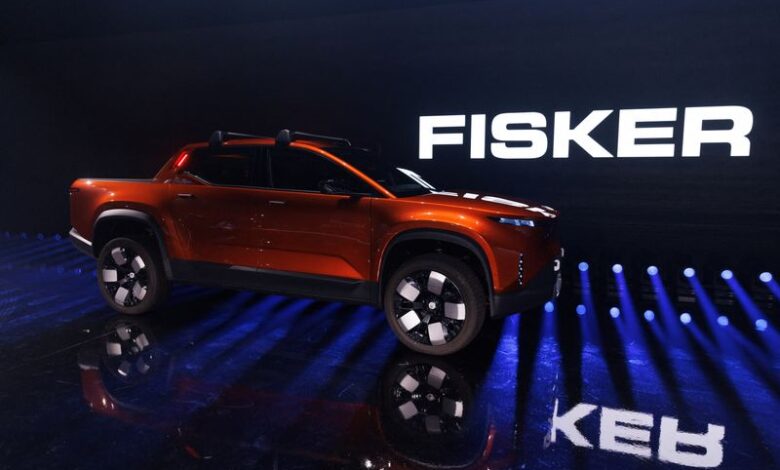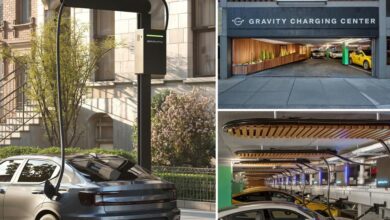In the electric vehicle sector, Fisker struggles

American electric vehicle start-ups are turning to cheaper models, curbing plans to increase production and laying off staff to cope with falling demand and high repair costs. Fisker filed for bankruptcy this week, becoming the latest casualty of the customer disaffection and price war that has hit the sector.
Fisker
Fisker annouced on Wednesday that its U.S. units filed for bankruptcy in a court in Delaware. It is seeking to sell its assets and restructure its debt, penalized by rapid consumption of cash to deliver its Ocean SUVs in the United States and Europe. The vehicle is under investigation by the U.S. National Highway Traffic Safety Administration for safety-related incidents. The company recalled over 18,000 cars in North America and Europe earlier this month due to faulty software and non-compliance with safety standards.
Fisker issued a going concern warning in March and said it would lay off 15% of its staff and suspend investment in future projects until it secured a partnership with a manufacturer. Reuters reported that Nissan was in advanced talks to invest in Fisker in a deal that could give the Japanese automaker access to an electric truck while giving the struggling startup a financial lifeline.
Demand has been weak for Fisker’s Ocean electric SUV. Although it produced more than 10,000 vehicles in 2023, the company delivered only around 4,700. The company ended 2023 with cash of $325.5 million, compared with $736.5 million in 2022.
Rivian
In early June, Rivian announced the second generation of its R1T pickup and R1S SUV with new drive units and other components to improve efficiency and reduce costs. In March, Rivian introduced its smaller, less expensive R2 electric SUV and R3 electric crossover, with plans to start production of the R2 at its existing US plant to accelerate deliveries in the first half of 2026. The move comes a few weeks after the company said it was planning a production shutdown of several weeks this year to modernize its plants and cut costs.
Rivian plans to produce 57,000 vehicles in 2024, well below estimates of nearly 82,000 units. This figure is also well below the 1.8 million vehicles that Tesla is expected to deliver in 2023. After hesitating to reduce the price of its vehicles last year, Rivian introduced lower-range options for its existing cars in February, which are $3,100 cheaper.
The startup has been working to reduce its cash burn by renegotiating supply contracts and manufacturing some components in-house. Rivian posted first-quarter cash of $5.98 billion, compared with $7.86 billion in the fourth quarter.
Lucid
Lucid Group will cut its US workforce by 6% in May, as slower-than-expected growth in demand for electric vehicles hinders its path to profitability. Lucid’s majority shareholder (60%) is the Saudi Arabian Public Investment Fund. The automaker is due to start producing a more affordable mid-size car in late 2026 and its Gravity SUV this year, in order to attract a broader customer base. For six consecutive quarters, the company has failed to meet analysts’ sales expectations. It has reduced the price of the Lucid Air Pure to $69,900 and includes two years’ free scheduled maintenance and a recharging allowance as an incentive.
In November, Lucid unveiled its Gravity SUV, which will start at under $80,000 and is due to go into production at the end of the year. The company has stated that it aims to start producing a cheaper mid-size vehicle in late 2026 to compete with Tesla’s Model 3 and Model Y vehicles, with a price tag of around $50,000.
Lucid ended the first quarter with cash and cash equivalents of $2.17 billion, compared with $1.37 billion in the fourth quarter of last year.
Nikola
Nikola is moving into hydrogen-powered large trucks, after some of its battery-electric trucks caught fire in August and had to be recalled. The company expects truck sales of $170 million in 2024, with the aim of selling 450 units this year, including its hydrogen fuel cell electric trucks.
Nikola’s cash and cash equivalents at the end of the first quarter stood at $345.6 million, down from $464.7 million in December.
Further information



